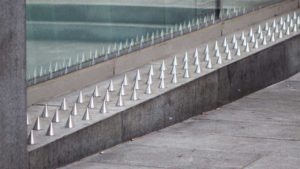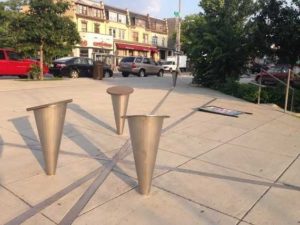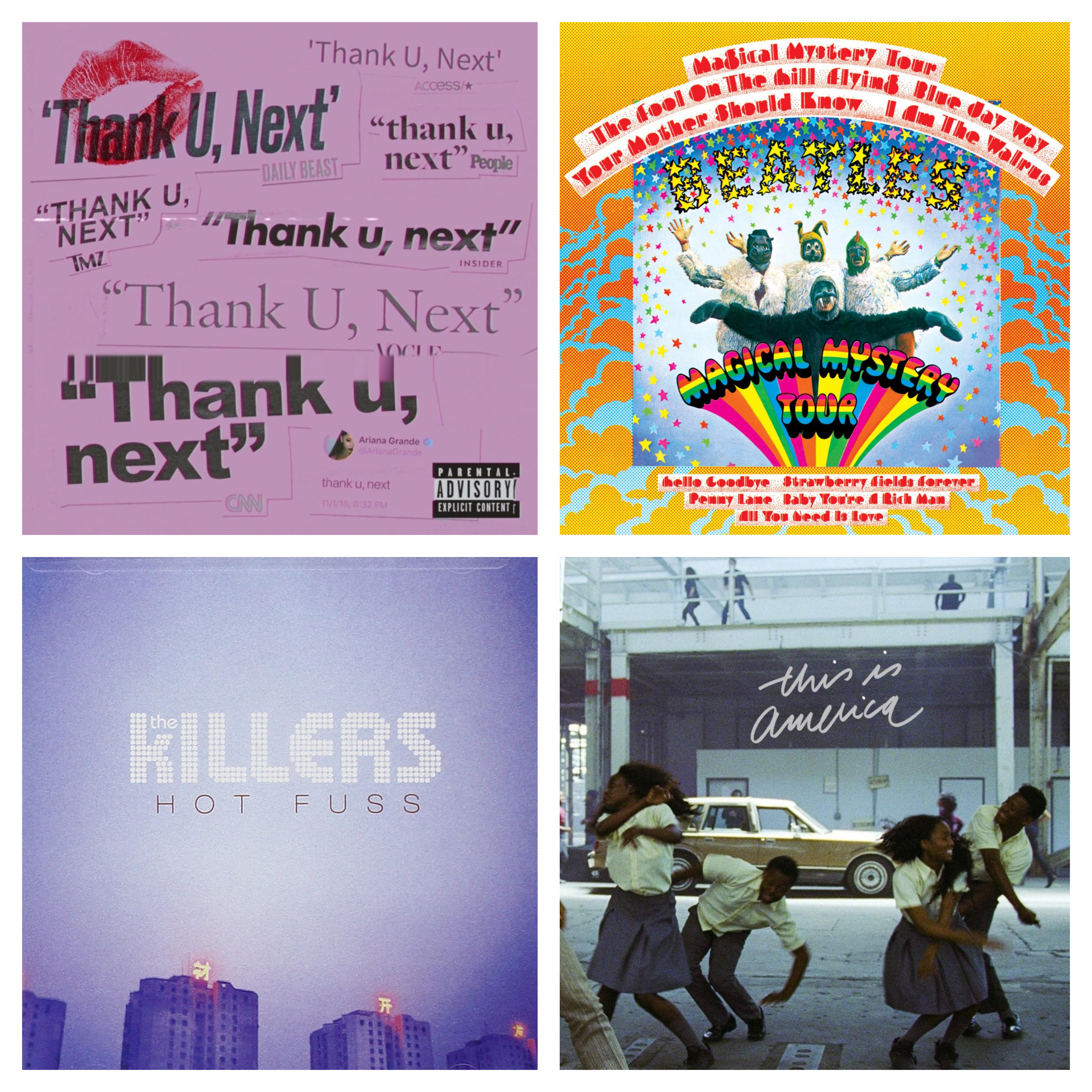by Henry Nickerson | Public Relations Coordinator
On October 26th, group of fellow students and I in th e Nuala Pell Leadership Program traveled to Washington D.C. for a series of meetings with leaders from around the world. I was in awe at the beauty of the city and was immediately swept into its fast-paced culture. In D.C., the close relationship between politics and citizenship can give anyone the impression that their voice is valued.
e Nuala Pell Leadership Program traveled to Washington D.C. for a series of meetings with leaders from around the world. I was in awe at the beauty of the city and was immediately swept into its fast-paced culture. In D.C., the close relationship between politics and citizenship can give anyone the impression that their voice is valued.
Being from Kansas, I never experienced Halloweekend in a city, and my interest was teeter-tottering between meetings with senators and observing D.C.’s wonderful diversity. However, the weekend left me more disturbed than anything, not due to any grotesque mask or prosthetic makeup, but because of the prevalence of anti-homeless architecture cemented into the city–a city that is supposed to represent the American dream.
For years now, London has used hostile architecture to prevent homeless people from sleeping outside of businesses and residential areas. On busy tourist and commercial streets, thick slabs of metal with sharp spikes (akin to something out of a grind-house flick) are installed on platforms long enough for sitting or sleeping. The goal of this type of architecture is to allow the hard-working, flat-buying people of London and tourists alike to go about their day without having to see or smell the scourge of struggling human beings. Evidently, in the world of blissful ignorance, it is better to subject homeless people to sleeping in dangerous back alleys than have to acknowledge their existence.
In 2015, a photo of London’s architecture went viral, inciting outrage at members of British parliament and resulting in the spikes throughout the city being removed. Other cities around the world that were equally pressured by online outrage followed suit. Many thought this movement would prompt a wave of new legislation focused on housing and assisting the homeless instead of ostracizing them; however, the architecture was re-designed to look friendlier to citizens instead. On benches, dividers went up with attached cup holders. Over popular sleeping spots, bars were installed to resemble bike racks. London became the microcosm of disguising anti-homeless architecture as modernized infrastructure in major cities.

But how could a beacon of equal opportunity and freedom such as Washington D.C. impose such measures? The answer is: easily, and without guilt. After a 14% increase in homelessness in 2016, according to Ryan McDermott of the Washington Times, Washington D.C. had to find a way to accommodate of all its new inhabitants. For some, the answer to this quandary would be to build more shelters and re-allocate money toward programs that teach homeless people self-sufficiency, while others believe the answer is to push homelessness back out of D.C. by replacing benches with stools. The latter is the type of myopic thinking that leads to anti-homeless legislation against loitering, panhandling, and begging that do nothing to remedy the problem or its source. Investments in education, mental health, and low-income housing should instead be the answer.
Ostracizing and dehumanizing the homeless does nothing but showcase yet another one of America’s great hypocrisies. The plaque on The Statue of Liberty reads “Give me your tired, give me your poor, give me your huddled masses.” However, the architecture on the streets of D.C. reads “Ignore and cast away your tired, poor, and huddled masses.” If our nation’s capital is at all still dedicated to its sensuous message of the American Dream, then legislators must focus on fixing the ultimate reasons for homelessness rather than remedying the proximate effects.













